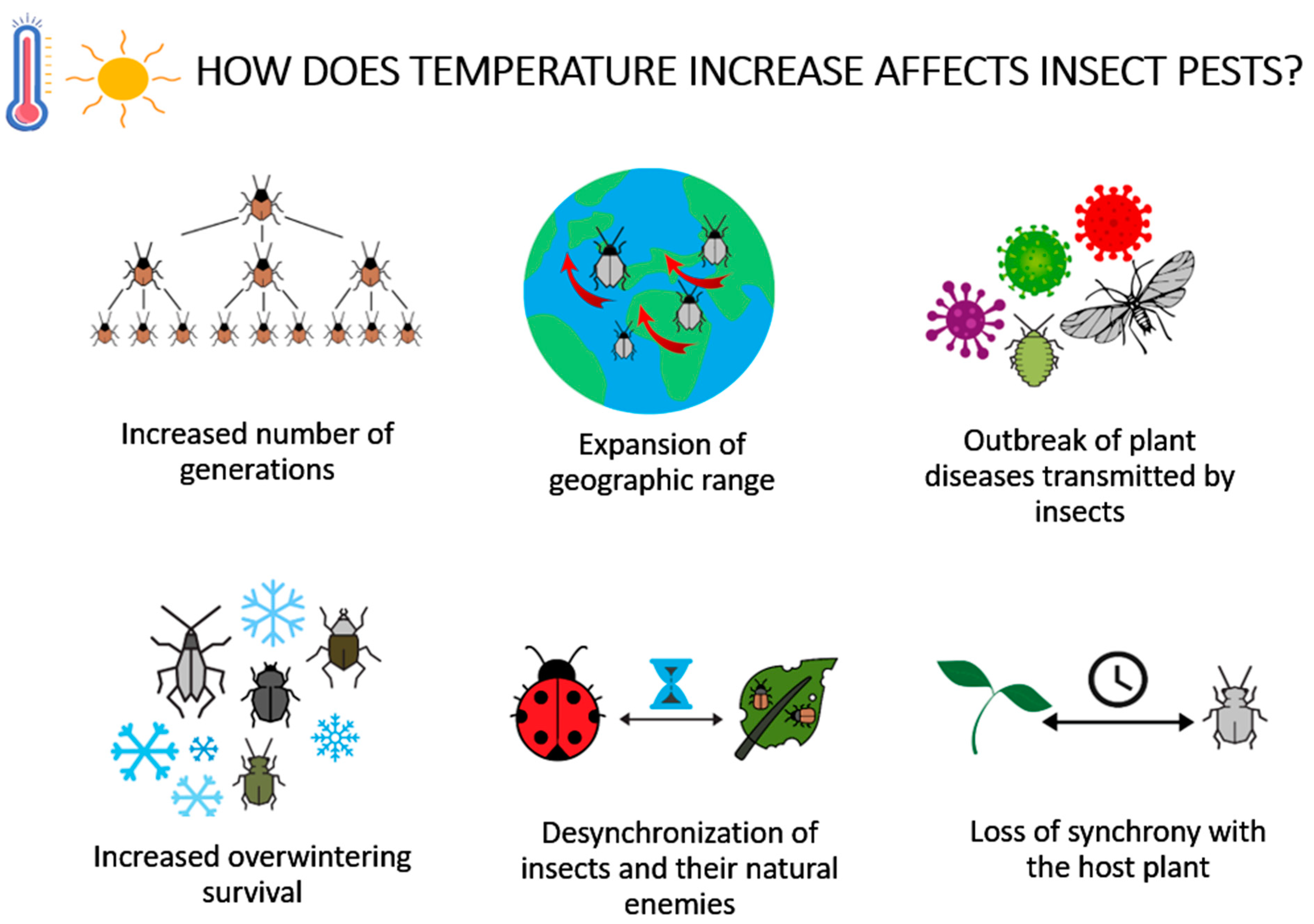Understanding how weather patterns influence pest behavior is essential for any homeowner or business trying to stay ahead of infestations. From sudden heat waves to seasonal rainfall, even minor changes in temperature and humidity can cause pests to invade your property in search of food, water, or shelter. This article explores the science behind pest behavior in response to weather conditions and how you can be better prepared for the next infestation.
The Connection Between Climate and Pest Activity
Pests are highly responsive to changes in their environment. Their biology, breeding patterns, and migration habits are directly influenced by climate variables like temperature, rainfall, humidity, and seasonal changes. For example, some insects thrive in warm, humid climates, while others become more active in dry conditions. Understanding these connections helps property owners predict when and why certain pests become more problematic.
Temperature Changes and Insect Metabolism
Temperature plays a critical role in pest metabolism and reproduction. Most insects are cold-blooded, meaning their body temperature is regulated by their environment. Warmer temperatures accelerate their metabolism, allowing pests like ants, cockroaches, and termites to eat and reproduce more rapidly. This is why infestations often spike during the spring and summer months.
On the other hand, colder weather doesn’t eliminate pests; it merely slows them down. Many pests, such as rodents, spiders, and certain insects, will seek indoor shelter during winter, often finding refuge in basements, attics, and crawl spaces. These overwintering pests remain dormant until warmer temperatures return.
Rainfall and Standing Water: A Breeding Ground for Trouble
Rain can be a double-edged sword. While it helps keep plants healthy, excess moisture also creates ideal breeding conditions for mosquitoes, gnats, and other water-loving insects. Mosquitoes, for example, lay their eggs in standing water found in clogged gutters, puddles, or even plant pots. Increased rainfall can also drive ground-dwelling pests like ants or termites above ground and closer to your home’s foundation.
In contrast, drought conditions may push pests indoors in search of water sources. This means that leaky pipes, dripping faucets, and pet water bowls can attract unwanted attention from thirsty pests.
Humidity and Mold-Loving Pests
High humidity levels don’t just affect your comfort they can also lead to an increase in pests that thrive in moist, moldy environments. Silverfish, centipedes, and certain types of mites are commonly found in bathrooms, kitchens, and other damp areas of a home. Even worse, moisture problems can attract destructive pests like carpenter ants and termites that damage wooden structures.
Seasonal Shifts and Pest Migration
Every season presents its own pest challenges. Spring and summer typically bring a surge in insect activity, including ants, bees, wasps, and flies. Fall marks the start of migration and hibernation patterns, as pests like rodents and spiders begin moving indoors. Winter, while less active overall, is when pests settle into the walls, insulation, and attic spaces of your home.
Rodents, in particular, are known to chew through materials to find warm nesting sites inside walls or under floorboards. Their nesting and foraging behavior increases the risk of property damage and disease transmission.
How Weather Extremes Amplify Infestation Risks
As extreme weather events become more common, so does the unpredictability of pest patterns. Wildfires, heavy storms, and floods can disrupt pest habitats, forcing them to relocate and sometimes introducing new species into areas where they previously didn’t exist.
For instance, fire ants are known to survive floods by forming floating colonies, which can drift into residential areas and pose a threat to pets and children. Similarly, warm winters can lead to early breeding seasons, resulting in larger populations later in the year.
Pest Prevention Based on Weather Patterns
While you can’t control the weather, you can take proactive steps to reduce your risk of infestation:
- Seal entry points: Inspect your home for cracks, gaps, or holes in windows, doors, siding, and foundations.
- Reduce moisture: Fix leaks, use dehumidifiers, and ensure proper drainage around your property.
- Eliminate standing water: Empty containers, unclog gutters, and keep yard debris to a minimum.
- Store food properly: Keep pantry items in sealed containers and clean up crumbs or spills immediately.
- Regular inspections: Work with a local pest control professional to monitor for signs of infestation year-round.
The Role of Professional Pest Control
Despite your best efforts, some pests are persistent and that’s where professionals come in. A trained pest control expert can identify vulnerable areas around your home, use targeted treatments based on seasonal risks, and develop long-term strategies to keep pests out regardless of the weather.
Residents in Ventura County and the surrounding areas benefit from expert services like pest control in Oxnard, which are designed to address the unique climate-related challenges that local homeowners face. Whether you’re dealing with ants in summer or rodents in winter, choosing the right Oxnard pest control provider ensures your property stays protected year-round.
Conclusion
Weather affects much more than your wardrobe or daily plans; it has a powerful impact on pest activity, reproduction, and movement. By understanding how temperature, rainfall, humidity, and seasonal changes influence pest behavior, homeowners can take smarter steps to defend their homes. Whether it’s sealing off entry points before winter or managing standing water after a storm, prevention is always better than dealing with a full-blown infestation.
If you notice signs of pest activity or want to stay ahead of seasonal changes, don’t wait for the next weather shift to take action.
About Killian Pest Control
Killian Pest Control is a trusted provider of residential and commercial pest control services throughout California’s Central Coast, including Oxnard and surrounding communities. Our expert technicians offer tailored solutions for controlling a wide variety of pests, from termites and rodents to bed bugs and spiders. At Killian Pest Control, we combine industry expertise with environmentally responsible practices to deliver safe, effective, and long-lasting results.






